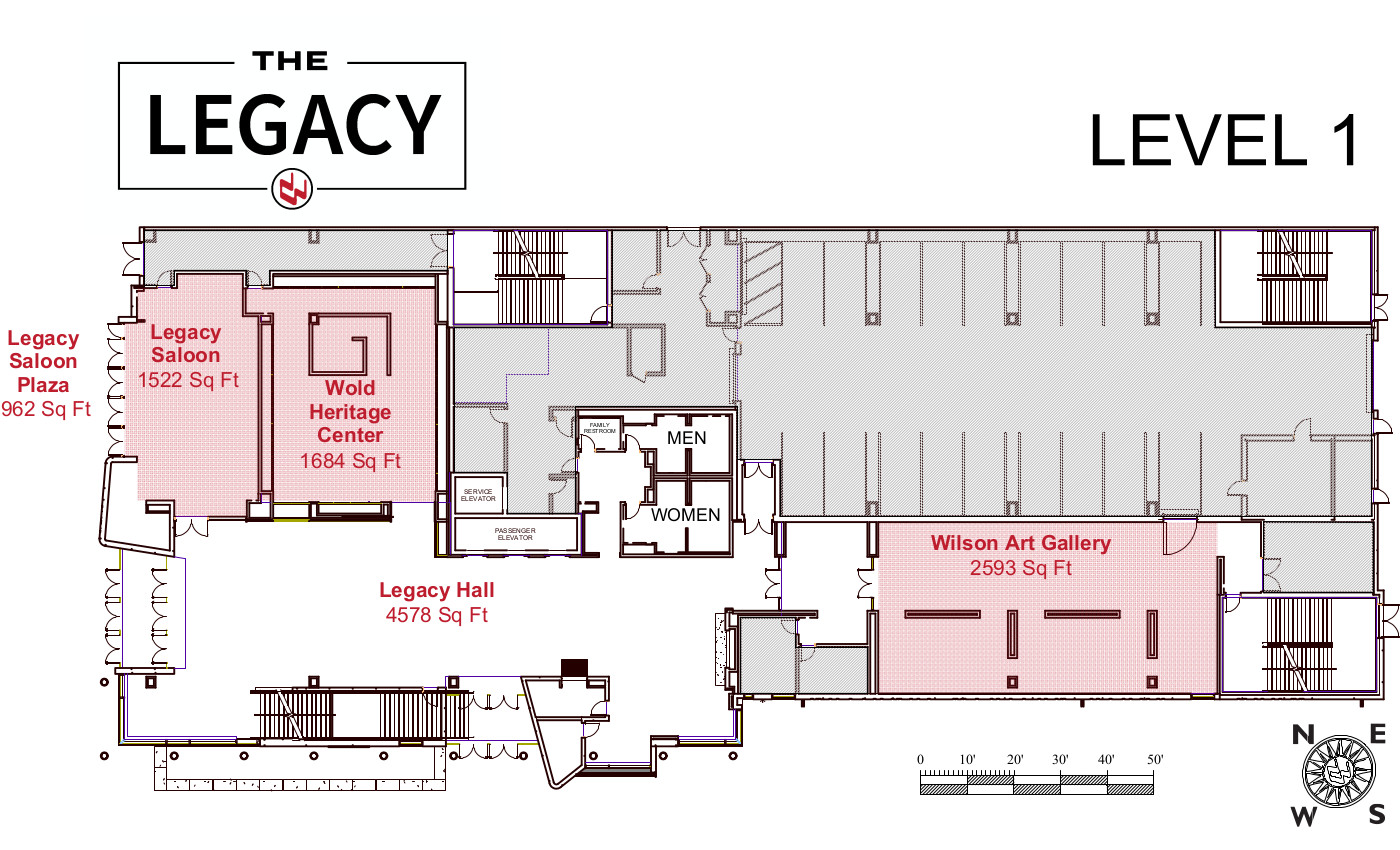$1 billion project will add year-round show capacity, plus attractions intended to spur interest in higher ed
As seen in Denver Post Here.
Denver’s annual National Western Stock Show brings excitement to stockyards that once boomed with year-round activity as rail cars filled with livestock poured into the city, and meatpacking and other related industries crowded the surrounding area.
The year-round bustle is expected to return with a $1 billion expansion of the National Western Center that will bring horse shows, an equine sports medicine clinic, cutting-edge research on water and entertainment venues. Together, the facilities are expected to lure residents, students tourists and scientists to the grounds throughout the year.
“We are very excited about it,” said Julie Broadway, president of the American Horse Council, an advocacy organization for the equine industry. “It is a sort of melding of the old traditional feel of the stockyards with a lot of new technology and a lot of new amenities.”
One of the jewels of the project will be a 109,000-square-foot equestrian events center that will host horse shows, livestock events and entertainment functions throughout the year.
The NWSS already hosts horse events, but the number will increase dramatically when the equine center is in operation.
“We think out of 52 weeks a year, we can book 50 weeks of horse-show activity,” National Western president Paul Andrews said.
A 220,000-square-foot,1,000-stall barn will provide temporary housing for horses participating in shows and competitions.
A similar facility on the Oklahoma State Fairgrounds is booked 365 days a year, Broadway said. “They put on some huge horse shows there.”
The competition and show component of the national horse industry is vibrant, she said. A 2005 study by the American Horse Council found that of the 9.2 million horses in the country, 2.7 million participated in competitions and shows. The study is the most recent of its kind.
Equine shows and competitions accounted for direct and indirect employment of 380,000 people, and the horse industry had a national economic impact of $102 billion.
That same study found the horse industry had an economic impact in Colorado of $1.6 billion with $587 million coming from shows and competitions.
Large shows will bring as many as 3,000 horses and 9,000 people who will care for them and do other work, Andrews said.
With two main arenas, a pair of shows can be held at the same time.
Colorado State University, which is partnering with the city of Denver and NWSS in the expansion, will build a 78,600-square-foot, state-of-the-art equine sports medicine facility adjacent to the equestrian center.
Any veterinary team in the area will have access to the facility, which will have exam rooms, indoor pens, an exerciser machine, a water treadmill and a saltwater spa.
CSU vet students will learn and work at the facility, as will the school’s veterinarian sports medicine and rehabilitation specialists, said Mark Stetter, dean of CSU’s college of veterinarian medicine and biomedical sciences.
Animals in need of treatment could come from anywhere in the West, and veterinary teams from outside the school will be able to treat them. Horses that fall sick or are injured during a show could be treated there by veterinarians associated with the shows.
“If there is a large event and a horse had a laceration, whoever was contracted would be able to come out and put some sutures in,” Stetter said.
The clinic, which is dedicated to sports medicine and rehab, wouldn’t treat serious problems that require general anesthesia. “If an animal needs to be sedated and worked on, they could do that there,” Stetter said. X-rays and other routine medical testing and procedures would also be done on premises.
Visitors to the National Western Center will be able to visit the clinic and watch veterinarians work with the animals.
A small-animal vet clinic will also be open to visitors.
“The real focus of some of the work there is to get people excited about careers in veterinary health,” Stetter said. “We want to use that as a platform to get inner-city kids excited about going to college.”
CSU will partner with Denver Water at a Water Resource Center, where collaborative research on water quality, treatment and conservation will be done.
“There will be opportunities for outside academics, private corporate researchers” to conduct research in the facility, said Amy Parsons, executive vice chancellor of the CSU system.
A dozen sources of water will be tapped for water-treatment research and testing at the 150,000-square-foot facility. It is too early to say what differences there will be between the various water sources, Denver Water spokeswoman Stacy Chesney said. “We’re still exploring the options.”
In Colorado and the rest of the arid West, declining water resources and growing demand brought on by a population explosion are vexing problems, said former U.S. Secretary of Agriculture Tom Vilsack, now a special adviser to CSU.
At some point, society may have to choose between funneling water to expanding cities or using it to support an agricultural economy, Vilsack said. “You may not have enough water to do both.”
Throughout the world, water sources are drying up and becoming polluted, wetlands are being eliminated by development, and inefficient agricultural use is leading to waste.
The Denver Museum of Nature & Science, also a partner in the National Western Center, will help develop programs to draw tourists, K-12 students and community members to the facility.
The museum will work with CSU and other partners to develop educational and entertainment programs for adults and children, said Nancy Walsh, vice president for partnerships and programs at the museum. “We are all about nature and science in ways that are fun.”




